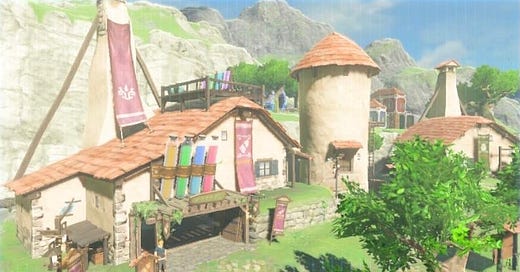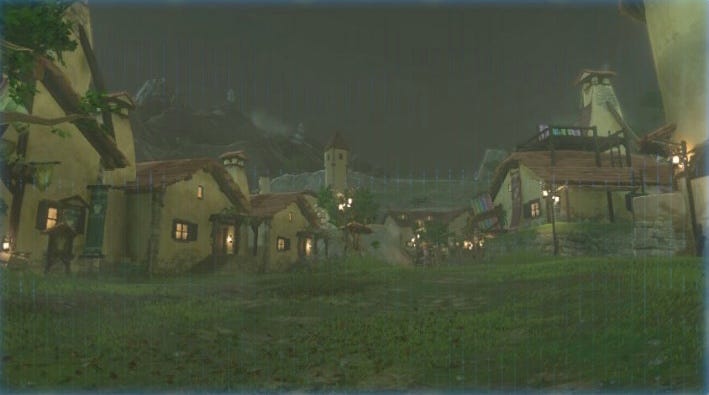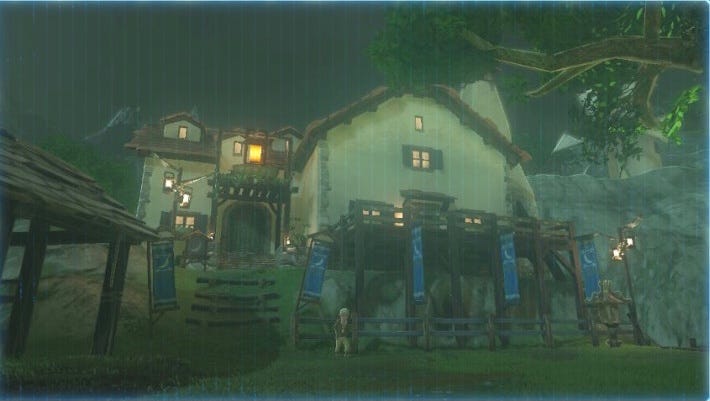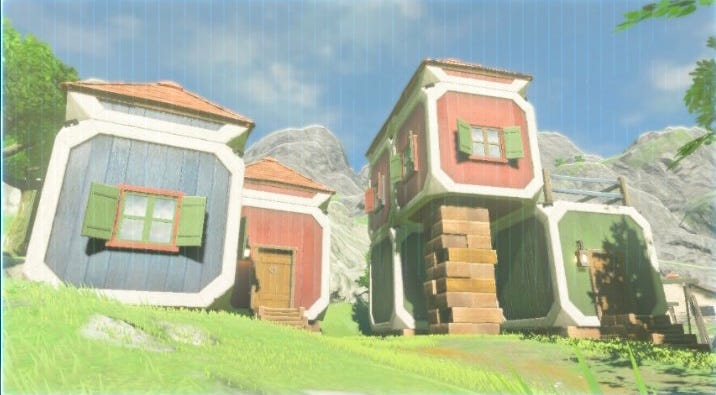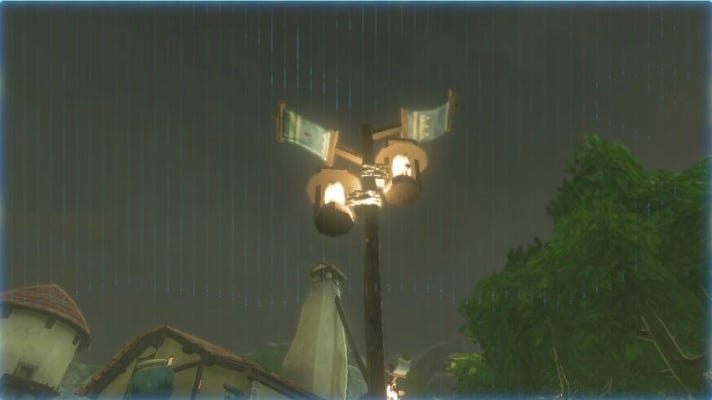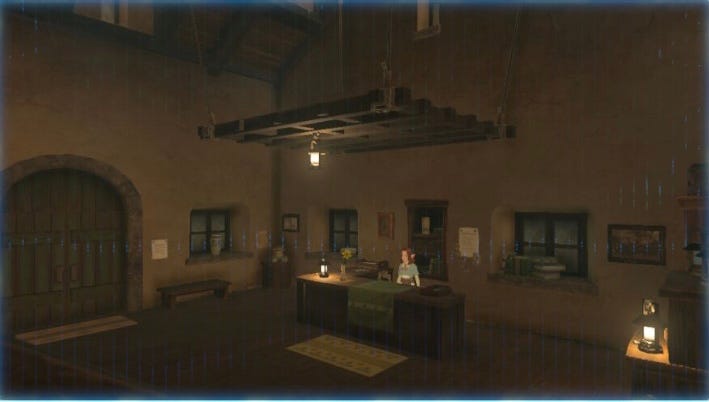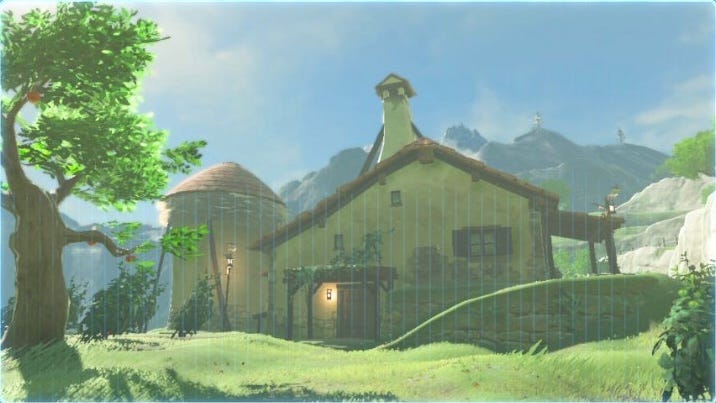Legend of Zelda: Breath of the Wild: Architecture of Hateno Village
Breath of the Wild is the most recent Zelda game, but it doesn’t exactly feel like a Zelda game. I can’t say I’ve ever been the biggest fan of the series. The stories have always felt soulless, the combat has always been bland, and the fun of the game relied almost exclusively on style and its puzzles. None of that is really different in Breath of the Wild, but it adds an open world that either covers up the issues or enhances its finer qualities. Breath of the Wild goes whole hog on style, and the open world puzzles are some of the most brilliant and creative puzzles I’ve ever solved. The sense of exploration in Breath of the Wild is almost as good as any game I’ve played, and the horrible combat, lack of meaningful rewards, broken boss fight mechanics, and a pretty boring story totally disappears behind a sense of wonder.
Stylistically Breath of the Wild (BotW) is magnificent. That said, the architecture in the game is derivative of other JRPG style games. It’s not necessarily bad, but it’s definitely not innovative or convincing. The architectural vernacular I found the most captivating is found in Hateno Village.
It created a unique vernacular that combines stucco covered brick facades (common in many Mediterranean European cultures. Think Italy, Spain, France, or Portugal), with elements of British and fantasy architectures to create something unique and exciting. I have serious problems with the lack of infrastructure and urban density in most villages in BotW, but something about the formation of stores, inns, and other buildings makes the area between them feel like an intentional village square (I don’t think it was meant to feel this way judging by the lack of any actual design).
This is sort of the magic of welcoming urban spaces, they exist from the buildings around the space, and rarely from the space itself (Central Park is an exceptional example).
These are also some of the most heavily detailed buildings in the entire game. Take Zora’s Domain as the counter example; it utilizes tropey “water kingdom” aesthetic in place of any detail or believable structured architecture.
Now examine Hateno Village’s buildings; they hide secrets on every wall and in every piece of furniture. I was able to develop a story in my mind for every single building in Hateno and the reason for their existence.

